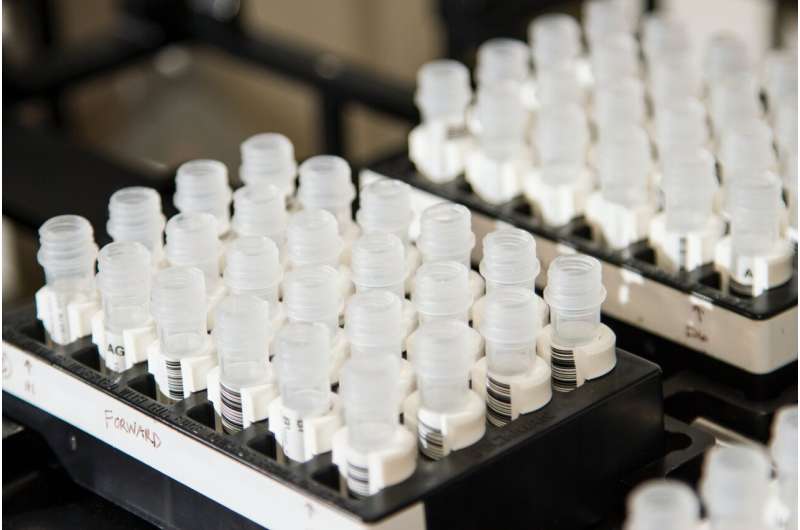What Scientific Research Reveals About Proper Sunscreen Use

Scientific research confirms that proper, consistent use of broad-spectrum sunscreen significantly reduces skin cancer risk and skin aging. Learn how to choose and use sunscreens effectively for optimal skin protection.
As temperatures rise and summer clothing becomes more revealing, the routine of applying sunscreen or skipping it becomes a common debate. Clarifying how best to protect your skin from the sun, current scientific evidence underscores that sunscreen is a crucial, safe tool in reducing skin cancer risk and preventing early skin aging. Despite widespread use, many misunderstandings about ingredients, safety, and efficacy persist, often fueled by misinformation and inconsistent labeling.
UV radiation from the sun, comprising UVA and UVB rays, is responsible for both skin cancer and premature skin aging. UVB rays primarily cause direct DNA damage leading to mutations, while UVA penetrates deeper, inducing oxidative stress that contributes to wrinkles and loss of skin elasticity. Effective sun protection involves not only sunscreen application but also seeking shade, wearing protective clothing, and avoiding peak sun hours.
Modern sunscreens fall into two main categories: chemical filters, which absorb UV radiation, and mineral filters, which reflect and scatter sunlight. Chemical filters like avobenzone provide broad-spectrum coverage, while mineral options such as zinc oxide are gentler for sensitive skin but mainly block UVB rays.
Public concerns regarding chemical ingredients—like potential hormone disruption and allergic reactions—are largely unsubstantiated in humans. Nonetheless, some individuals may experience skin irritation, leading to recommendations for fragrance-free, additive-free mineral options.
Research consistently shows that regular, correct use of broad-spectrum sunscreen reduces the risk of melanoma and other skin cancers. For example, a study in Australia demonstrated a 50% reduction in melanoma incidence with daily sunscreen application, while a Norwegian investigation found a 30% decline in melanoma risk with SPF 15+ use. Proper application involves generous, even coverage and reapplication every two hours, especially after swimming or sweating.
While higher SPF products offer marginally increased protection, they may also be greasier or irritating for some users. Importantly, SPF ratings are not linearly related to protection; SPF 30 blocks approximately 97% of UVB rays, whereas SPF 50 blocks around 98%. Using a thick, adequate layer consistently is more beneficial than fixating on extremely high SPF labels.
Concerns about sunscreen ingredients and their environmental impact are valid, yet current evidence shows that regular use remains safe and effective. For those worried about vitamin D deficiency, incidental sun exposure and dietary sources suffice for maintaining healthy levels, and supplementation is recommended if needed.
In conclusion, no sunscreen offers perfect protection—it's essential to reapply regularly and combine it with other protective strategies. The best sunscreen is the one you’re willing to use consistently. Both mineral and chemical options can be effective if they provide broad-spectrum coverage and are used properly. Ultimately, outdoor activities are vital for overall health, but sun safety should always be a priority to minimize skin cancer and skin damage risks.
Stay Updated with Mia's Feed
Get the latest health & wellness insights delivered straight to your inbox.
Related Articles
Exploring the Link Between Abnormal Uterine Bleeding and Insulin Resistance
Emerging research reveals a significant link between abnormal uterine bleeding and insulin resistance, highlighting the importance of metabolic health in gynecological conditions. Studies suggest addressing insulin resistance may help prevent and manage AUB effectively.
Optimizing a Cancer-Fighting Radioisotope for Targeted Therapy
Scientists at the University of Missouri are advancing cancer treatment with the development of Terbium-161, a versatile radioisotope that offers targeted destruction of cancer cells through enhanced cellular damage mechanisms.
Genetic Testing in Childhood Can Predict Obesity Risk
A new genetic test using polygenic risk scores can predict childhood obesity as early as age five, paving the way for targeted early interventions to prevent obesity later in life.
Innovative Nanovesicle Formulation Enhances Cancer Drug Delivery and Efficacy
A newly developed nanovesicle formulation of paclitaxel improves targeted delivery to tumors, reduces side effects, and enhances the efficacy of combination cancer therapies, paving the way for advanced treatment options.



